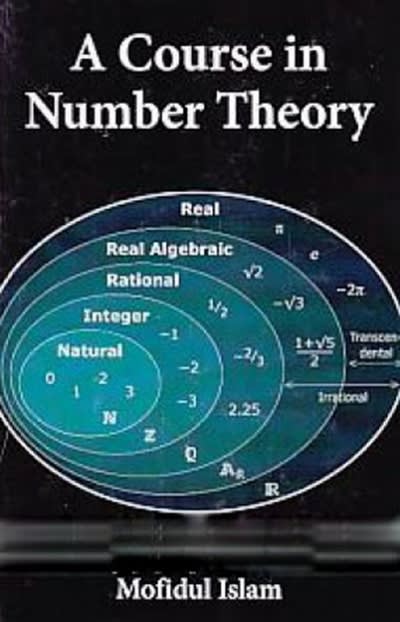Question
In response to recent Gallup and Pew Center polls of Americans' trust in their political leaders (http://www.gallup.com/poll/195716/americans-trust-political-leaders-public-new-lows.aspx; http://www.people-press.org/2014/11/13/public-trust-in-government/), a social psychologist decides to study people's
In response to recent Gallup and Pew Center polls of Americans' trust in their political leaders (http://www.gallup.com/poll/195716/americans-trust-political-leaders-public-new-lows.aspx; http://www.people-press.org/2014/11/13/public-trust-in-government/), a social psychologist decides to study people's trust in politicians among different political parties and regions in his state. The psychologist administers a scale-level questionnaire with possible scores ranging from 1-50, with higher scores indicating higher trust in politicians, and lower scores indicating lower trust. The data from this scale-level questionnaire are shown in the table below.
Conduct a two-way ANOVA to determine the effect of political party and region on trust in politicians, multiple line graph to display the differences between the groups.
| Urban | Rural | |
| Republican | 16 32 29 18 18 | 19 28 29 37 26 |
| Democrat | 35 36 27 39 22 | 24 19 14 26 30 |
| Libertarian | 12 16 10 27 19 | 9 13 7 25 12 |
| Independent | 27 17 23 21 12 | 15 16 26 25 13 |
- Paste SPSS output.(10 pts)
- APA-style Results section (from output) based on your analysis. Include your multiple line graph as an APA-style Figure, with figure number and title, as demonstrated in the Results Section presentation. (Results = 12 pts; Figure = 8 pts)
Step by Step Solution
There are 3 Steps involved in it
Step: 1

Get Instant Access to Expert-Tailored Solutions
See step-by-step solutions with expert insights and AI powered tools for academic success
Step: 2

Step: 3

Ace Your Homework with AI
Get the answers you need in no time with our AI-driven, step-by-step assistance
Get Started


